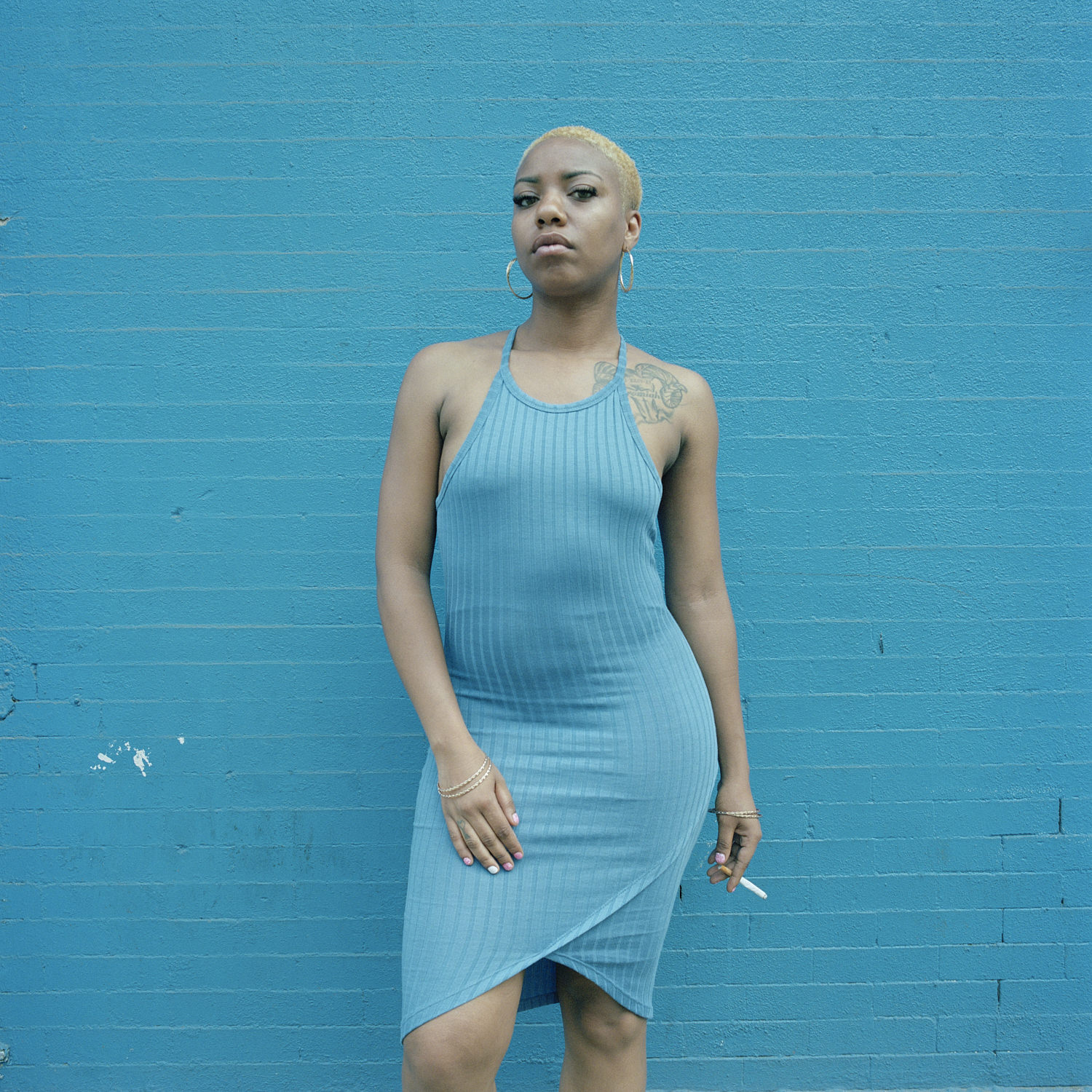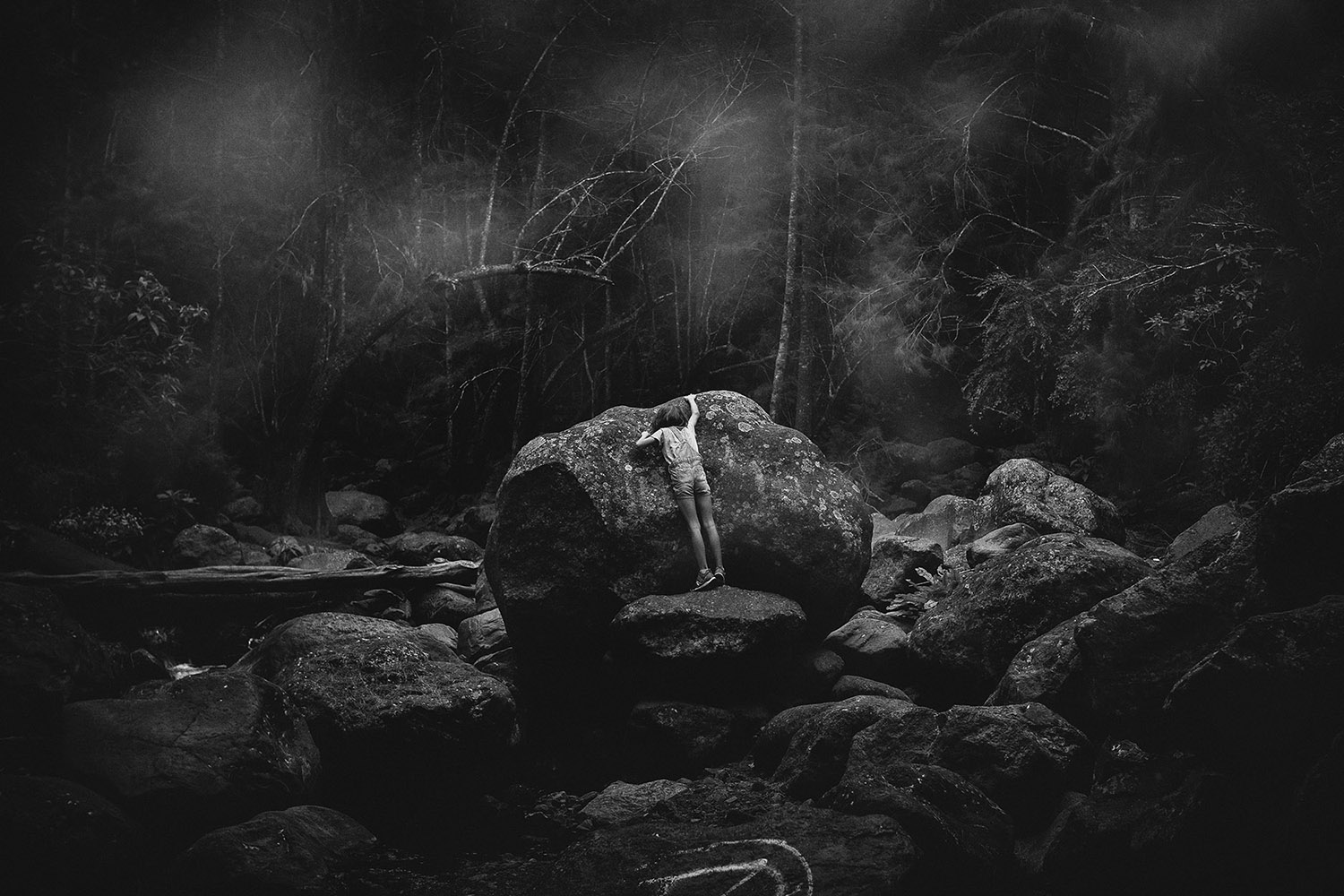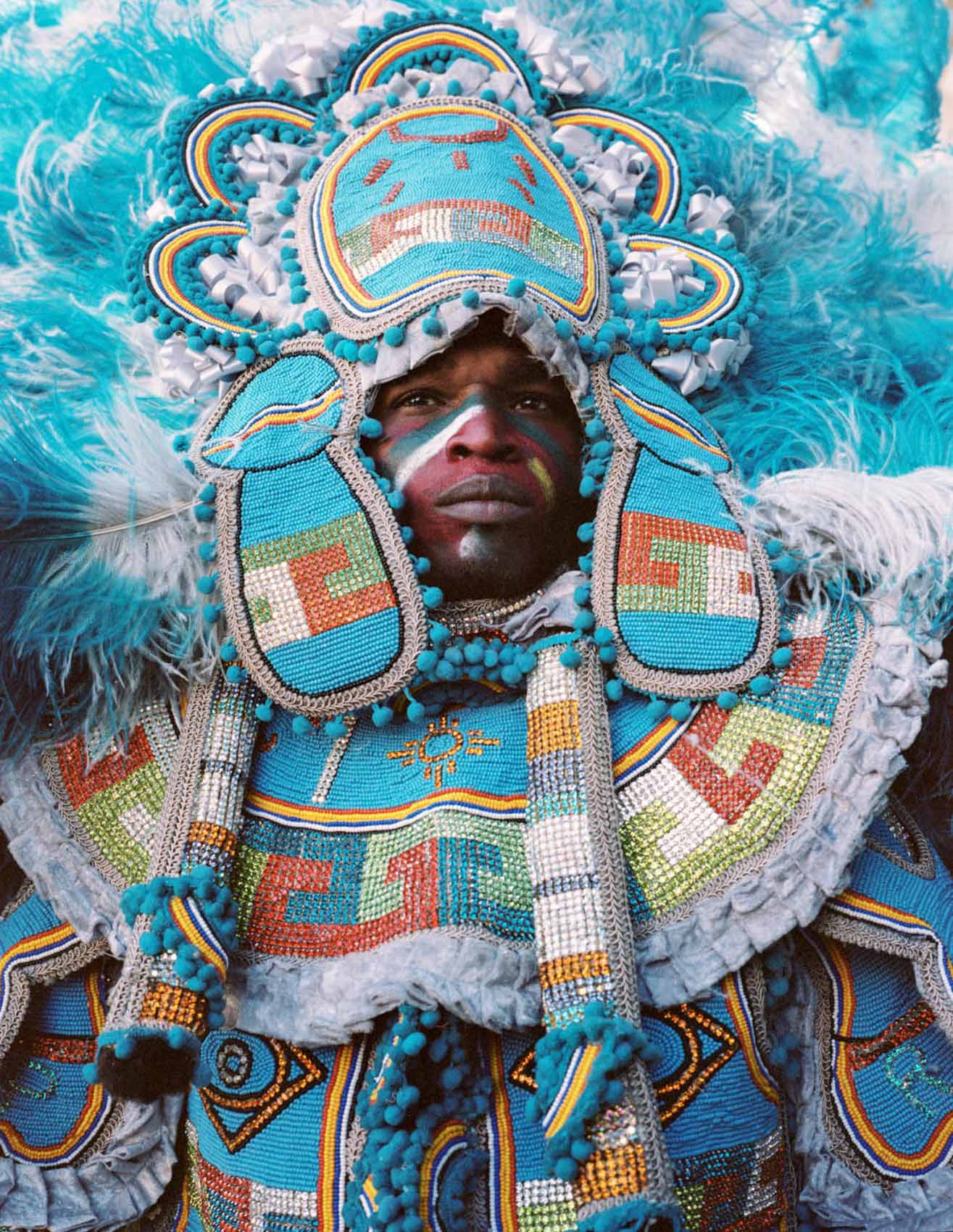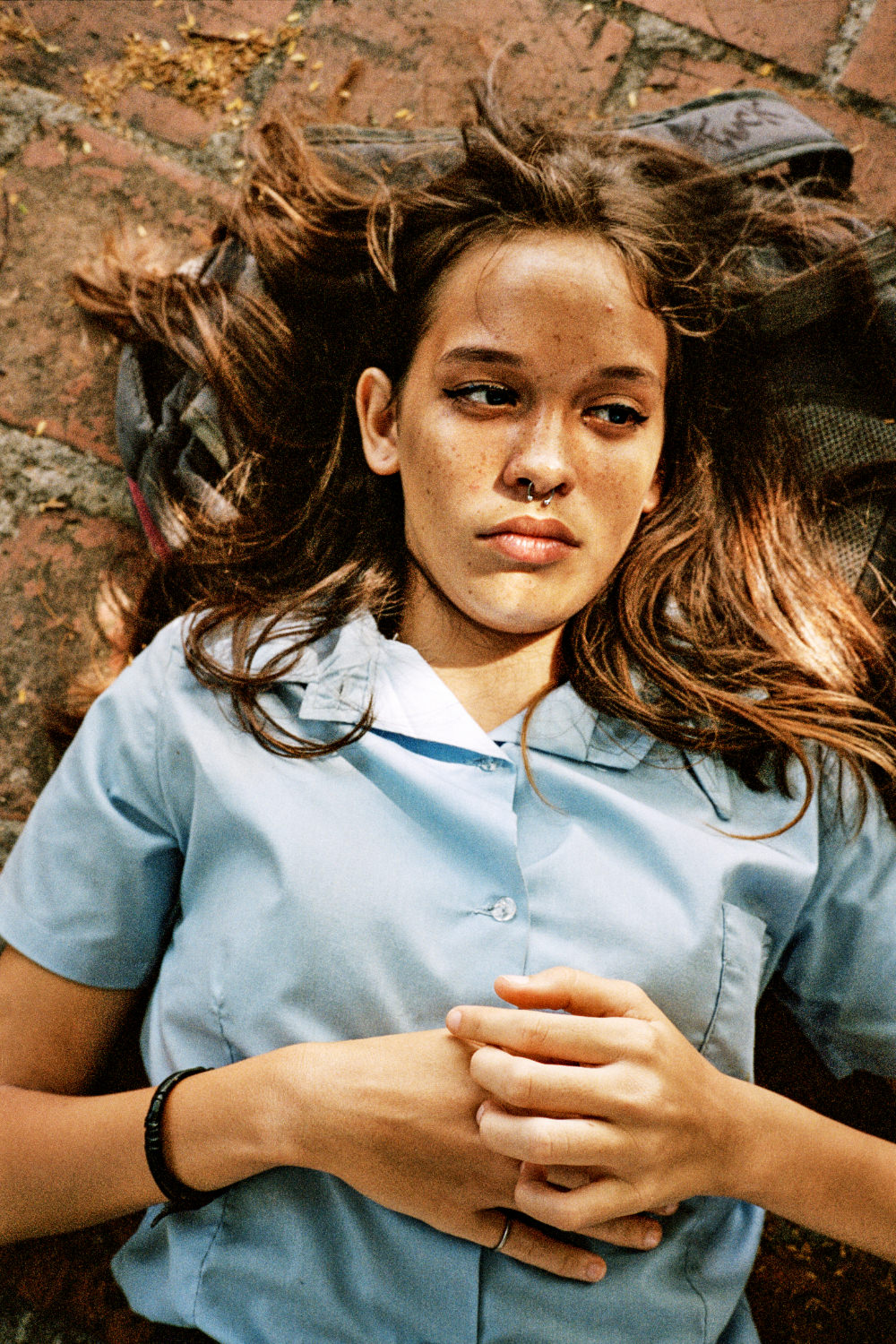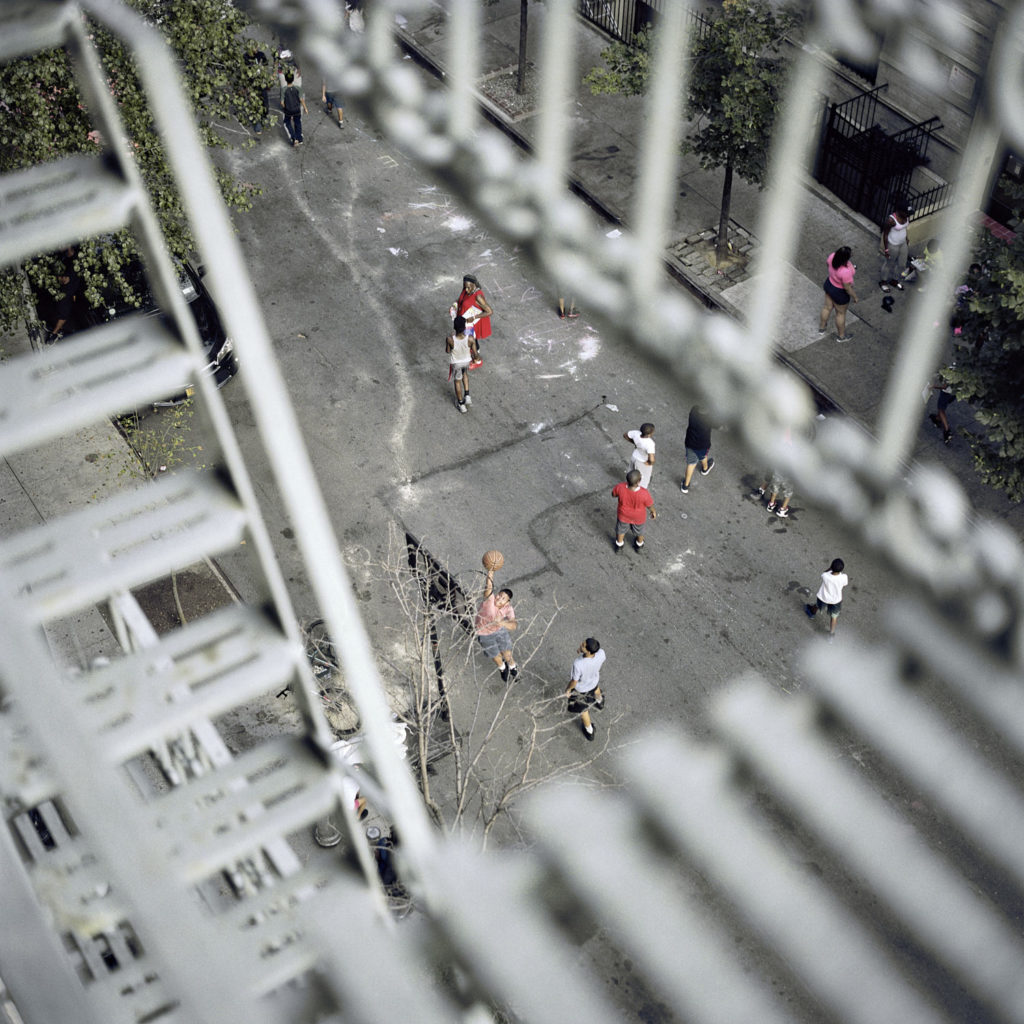
So let’s start from the beginning, How and what makes you work on this project?
We traveled to New York as part of our studies at that time. However, it was not by chance that we came to this area. Since it is very difficult to find a reasonably fairly priced flat in New York, especially when you are not there, we came into contact with a native of Harlem through friends of ours, who recommended us to a friend of hers and so on. So we were warmly welcomed from the beginning and spent a lot of time in the neighborhood. We decided very early on to deal with the district more intensively and to work on a more extensive series. For this, we took a break from our studies and worked only half time as if we wanted to concentrate fully on our free work.
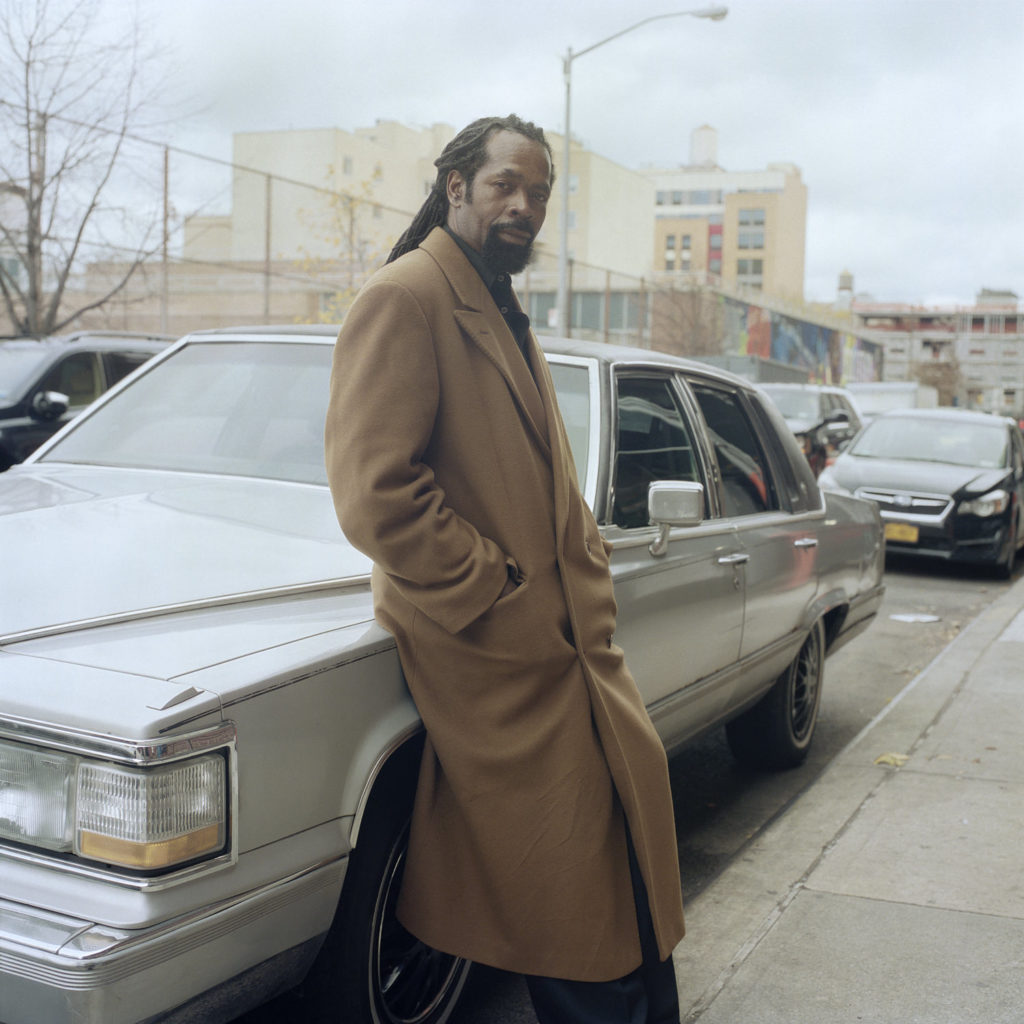

« Fortunately, many institutions in Harlem have taken a closer look at the history of the district and its inhabitants. »
Then from that starting point what was your process?
As we said it was a very spontaneous decision to work on the series. We hadn’t dealt with the district at all before. Let alone researched or thought about how we would like to implement the work. We made up for all that on-site. In the first months, we spent a lot of time researching the project by visiting local museums and exhibitions, etc. Fortunately, many institutions in Harlem have taken a closer look at the history of the district and its inhabitants. But mainly we talked a lot with the residents. We did a lot of interviews and met as many and different people as possible to talk about their experiences and their views and impressions of the district. The many impressive blacks and white photographs of Harlem that we encountered in our research work and which impressed us, did not correspond to what we were told about the Harlem of today. The Harlem we got to know was different from this visual language. It was colorful, loud, and proud. And we tried to reflect that in our work.
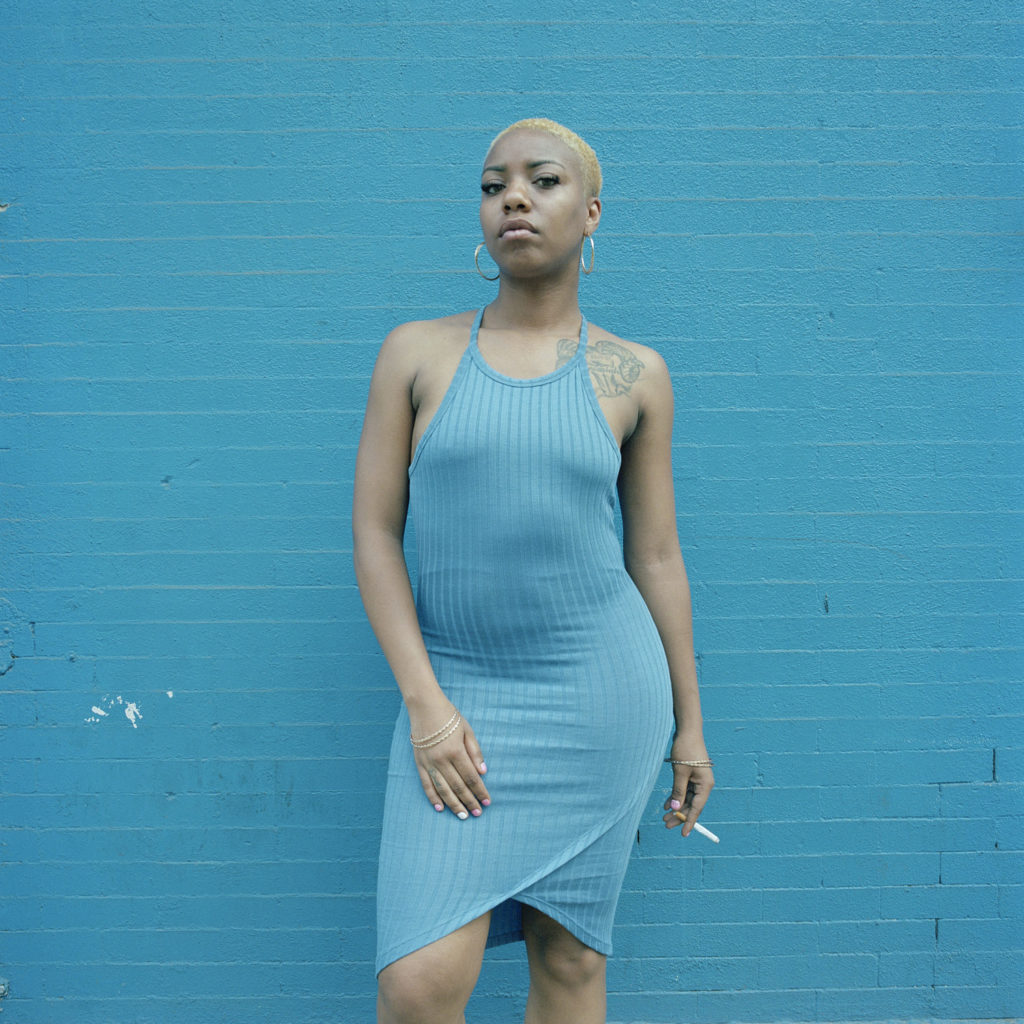
« We are both very different personalities, which enabled us to get in contact with any kind of personality. »
Tell me how was your approach with them? What did you say to introduce you and your intentions?
We approached the people we portrayed in different ways. We talked to many of them a lot and conducted interviews. Sometimes we only took a few photos or no photos at all. Others were only told briefly that we were working on a series about Harlem and if we could take pictures of them. Others wanted to be photographed. Still others we took photos first and then gave them our contact details and got in touch with them afterward.
We are both very different personalities, which enabled us to get in contact with any kind of personality. Aljaz is very calm and thoughtful. He gets close to people without saying much. Louise on the other hand is very impulsive and loud. She laughs a lot and fools around quite much. If you notice that the person opposite didn’t quite get along with you, the other part takes over the conversation or generally the leader of the situation. We have been working together for many years and are a well-rehearsed team in this aspect.
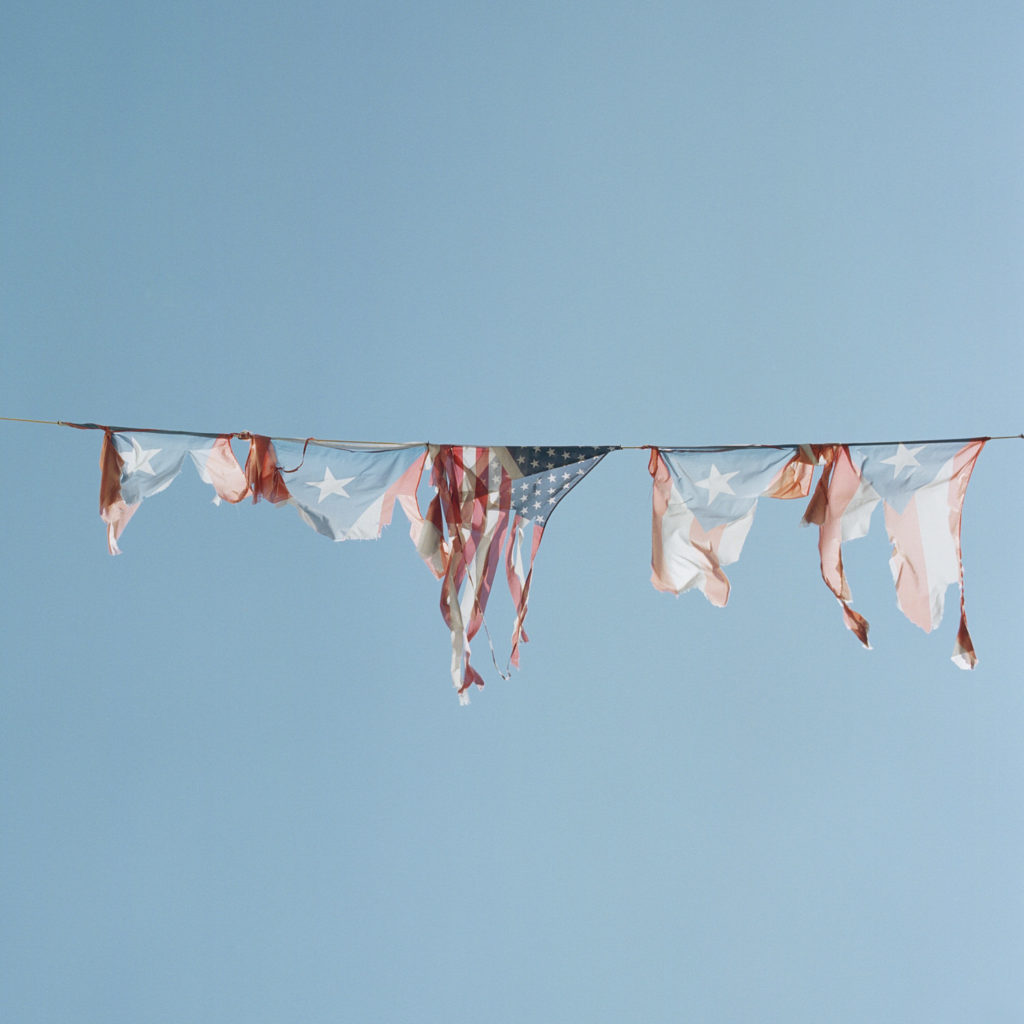
What was their reaction? did you have some negative answers?
Of course, there were negative reactions but most people reacted positively to us. If we met people with respect, we mostly received respect. Most of the unpleasant situations only occurred when people were under the influence of alcohol or drugs. If we had an unquiet feeling from the front and a strange atmosphere, we stayed out of it and moved in the background. As soon as we introduced ourselves to a person or group and explained what it was all about, everyone was open. But we also accepted if a person did not want to be photographed or interviewed.
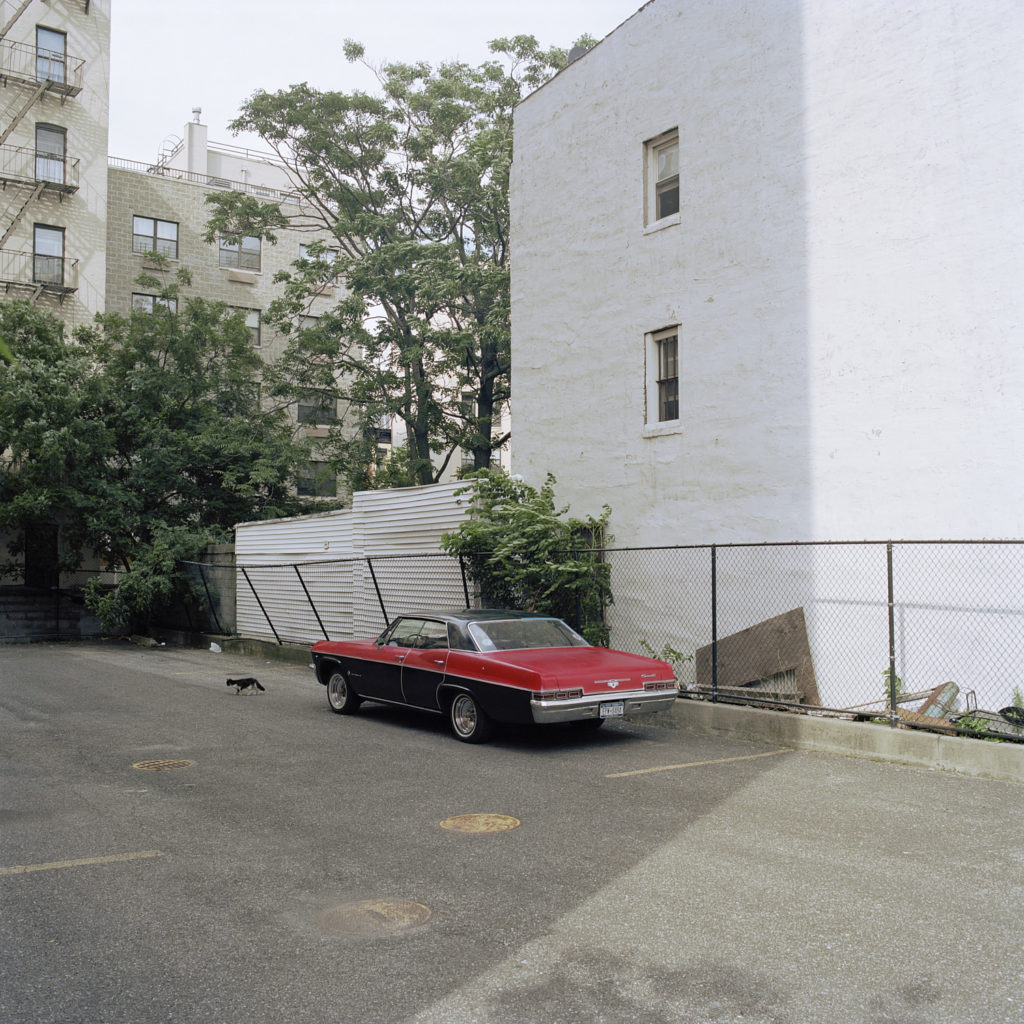
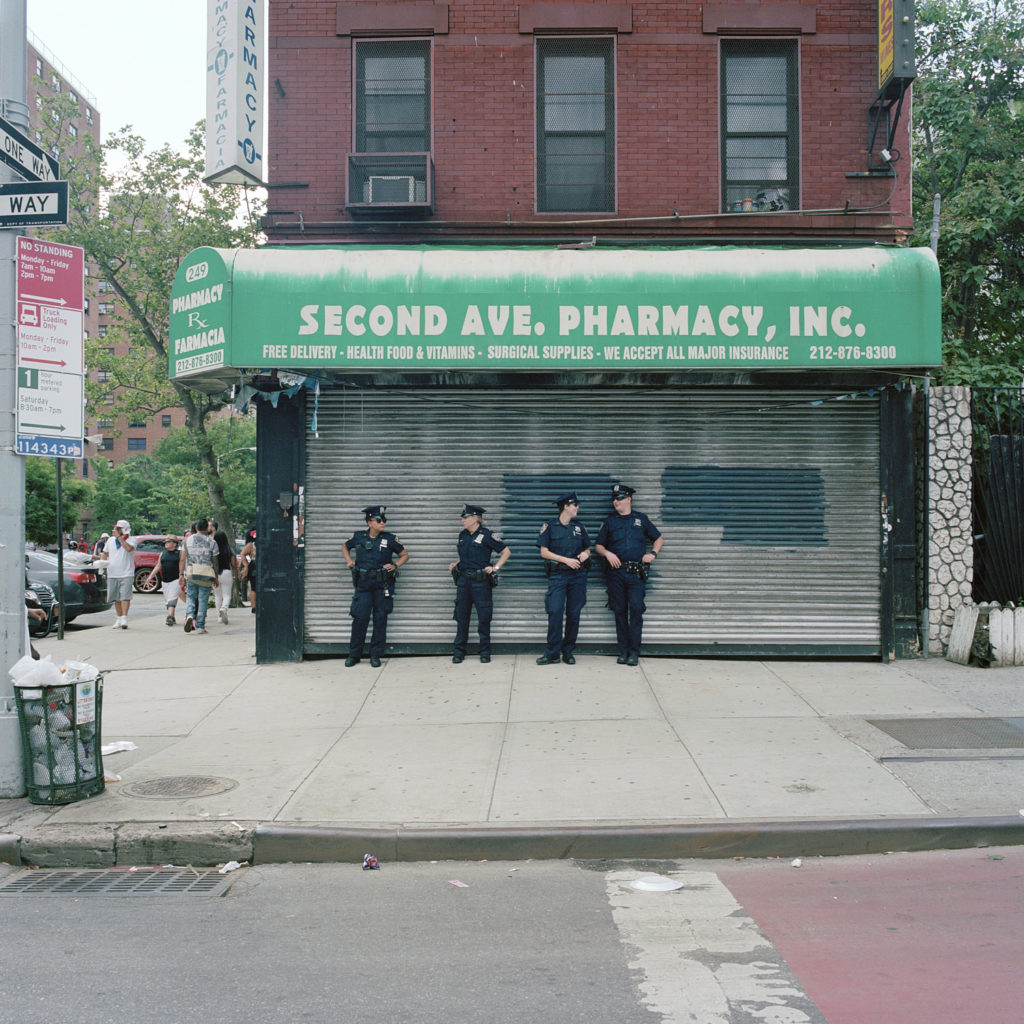
What camera did you use? is it analog? how did you manage the technical side did you have enough roll if it’s analog of course?
We shot the series with a Hasselblad 500cm. The Hasselblad is an analog medium format camera with various interchangeable lenses. Since we knew that we would do a lot of photography with this camera, we needed a lot of roll film. In Europe, at that time the Kodak Portra was much cheaper. We had many visits from friends who asked us what they should bring for us. The only really useful thing was roll films so we got constant deliveries from Europe.
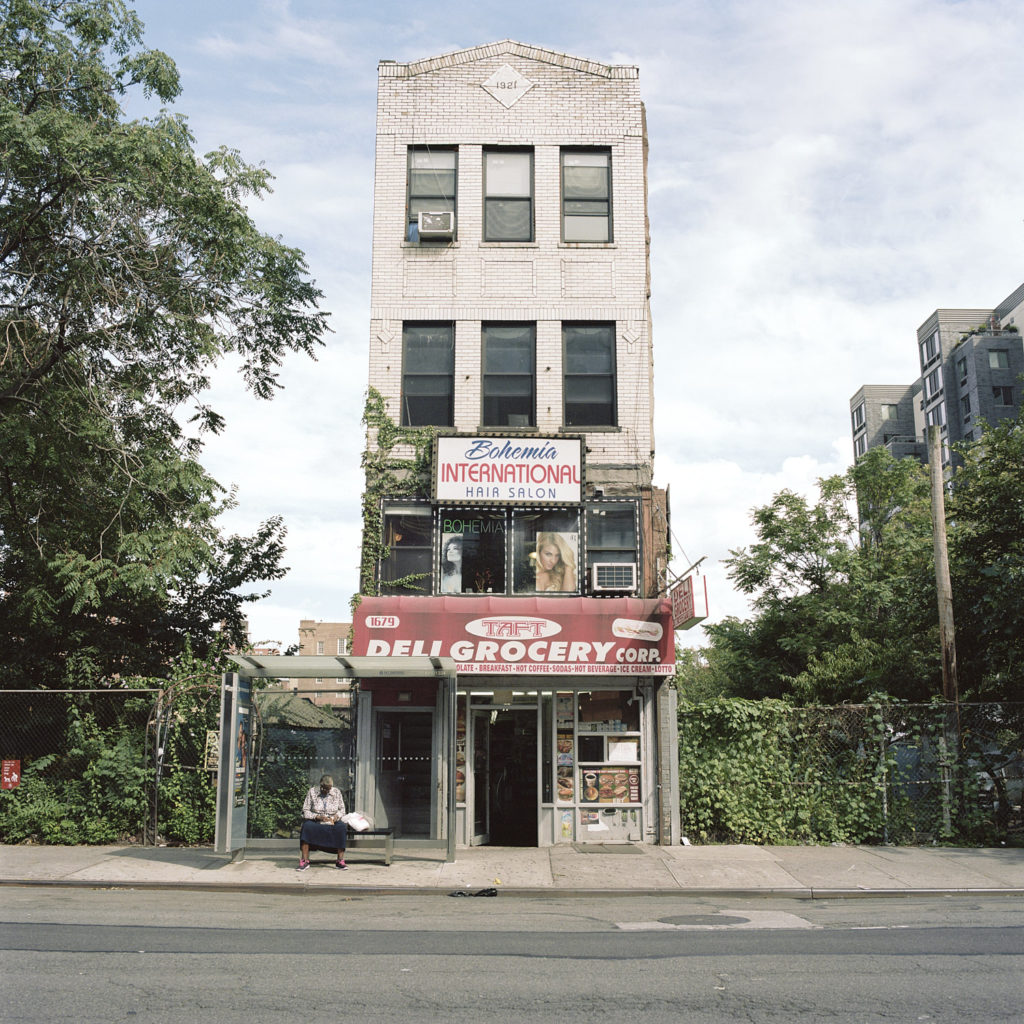
Did you develop the film right away or did you wait till the end?
We developed the exposed films relatively quickly and then scanned them. We had the opportunity to scan the films at friends’ places. This gave us an overview and allowed us to further improve our vision. Back in Germany, we took time to select all images in more detail and scanned our selection on a Hasselblad Scanner which Aljaz’s father was lucky to be able to provide.
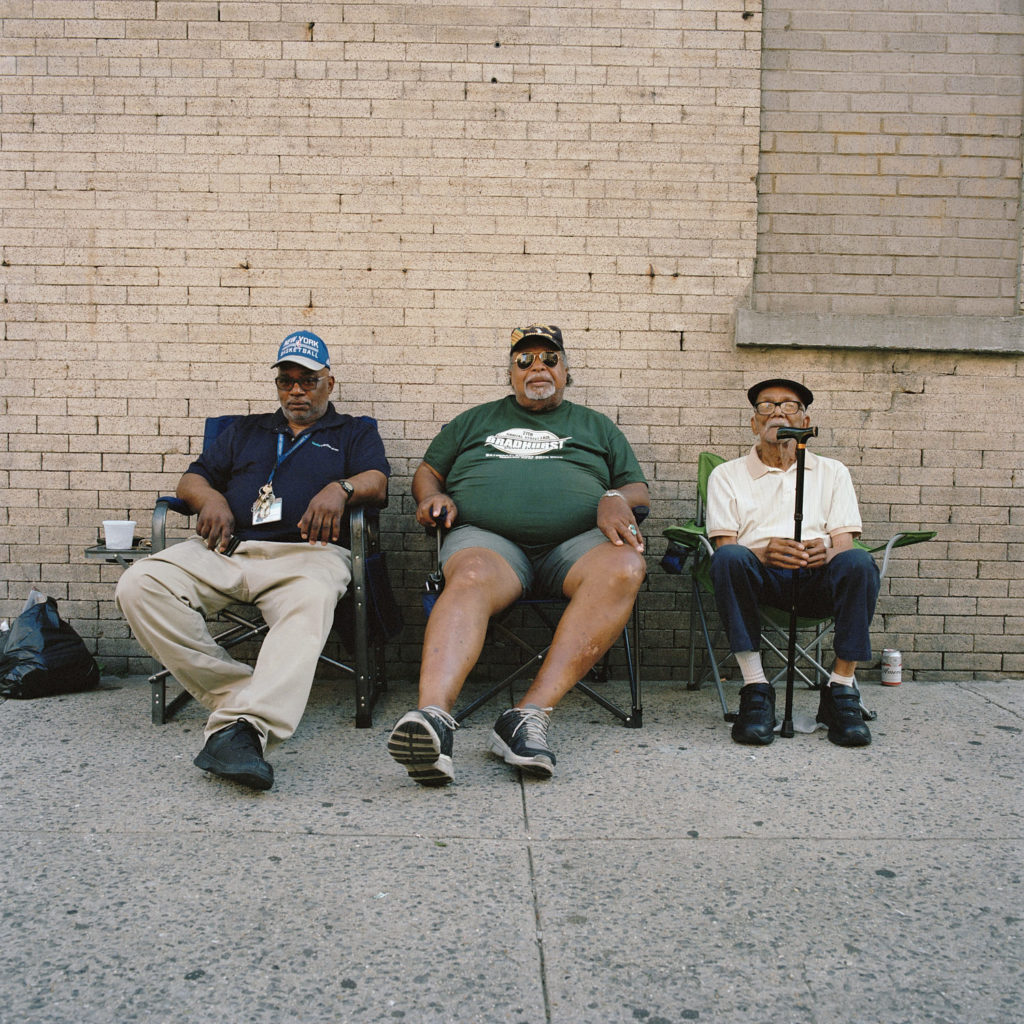
« So we kept asking ourselves questions and we were prepared to face criticism. »
Did you feel comfortable during the project? Did you have some doubts?
Yes, we were always good things during the whole project. But one problem we were facing was because we were spending more and more money and had no source of income at that time. New York, the flights, the organization, the negatives, and so on were very expensive. We have only paid off our debts in full this year. But it was definitely worth it! Apart from that, we thought a lot about the fact that we were two white European photographers who tried to make an honest and extensive photo series about a district that was and is marked by racism.
For this reason, we talked over and over again with our contacts and friends from Harlem and talked to them about every sentence and every detail we wanted to publish. From our privileged point of view, we were not allowed to simply give our opinion and view of the district. That would have been wrong. So we kept asking ourselves questions and we were prepared to face criticism. And that justified. Therefore one of the most beautiful moments was when Tammie, a friend of ours, with whom we lived in Harlem for 3 months, visited us in Berlin and started to cry when she looked at the book for the first time. She said she was so longing when she browsed through the pages and felt moved back.
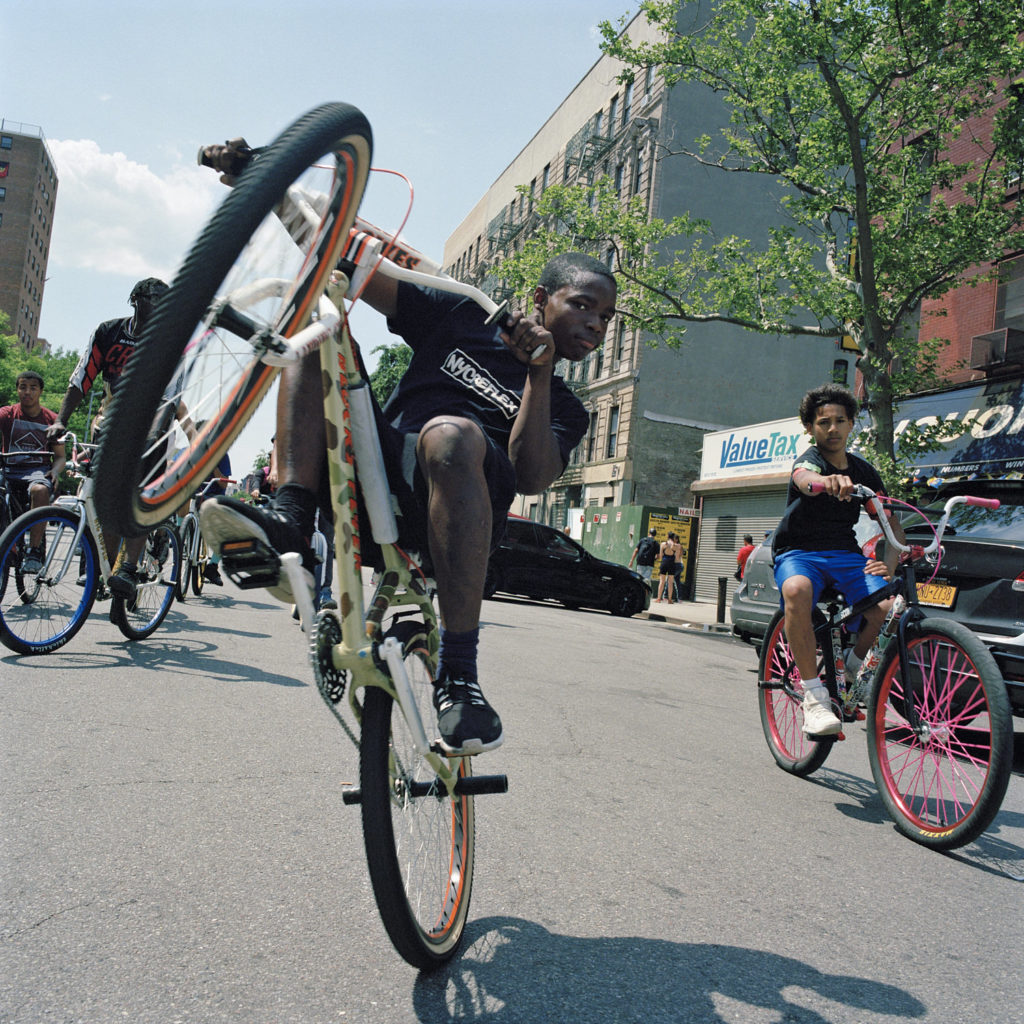
Let’s talk about the photo book, is it self published? If yes can you tell us how it’s happening? the editing, design, and print?
The photobook was once again a very special project which cost us a lot of energy and money of course…., but at the same time was incredibly important for our photographic career. We were very busy with our pictures and thought about the smallest things. Which pictures can we show? how does the statement of our photos change into an illustrated book? What do we generally want to convey to the outside world? Countless questions went through our heads and kept us busy for a long time. We had quite precise ideas of what the book should look like at the end. We talked to different publishers and none of them were able to realize exactly what we wanted.
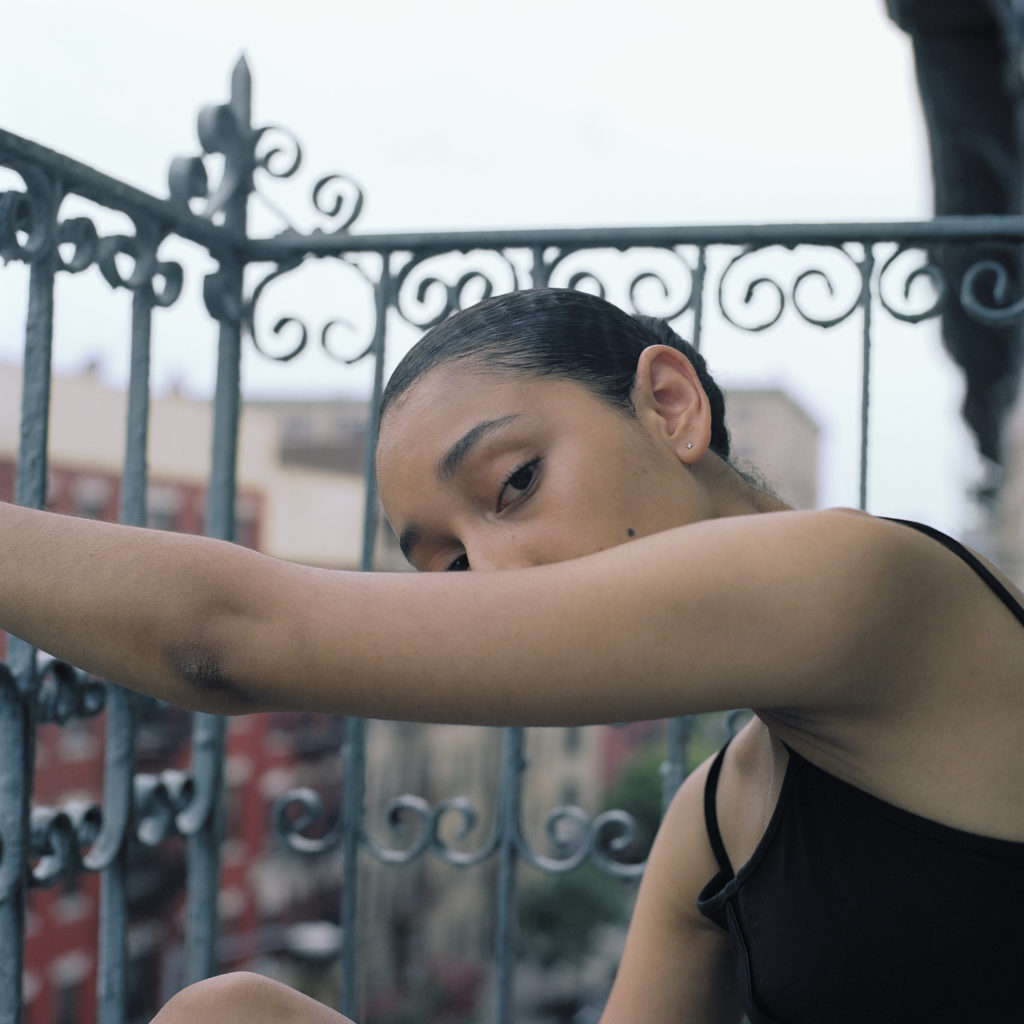
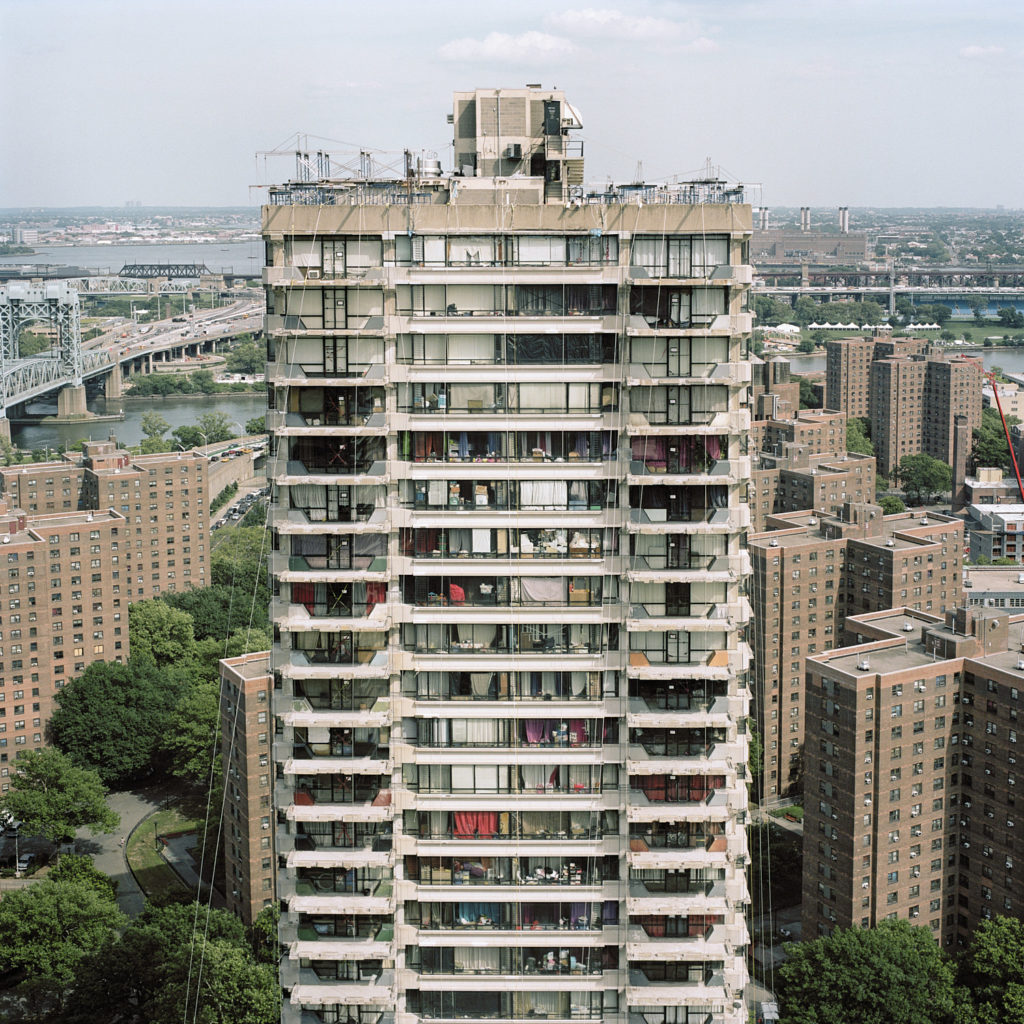
The format alone has presented us with many difficulties. At that time we were not prepared to deviate even a little from our idea of the book and we couldn’t find a publisher that could do everything. For this reason, we decided to realize it on our own. In the meantime, we are glad that we went through the whole process ourselves and that we had to teach ourselves everything. The selection of the pictures alone was an incredible amount of work. It took months until we were reasonably satisfied. Eventually, we were able to find a selection that we both + Moritz Borchardt (our graphic designer) agreed in.
The layout was made by Moritz and has been improved, revised, and redesigned countless times. Without his patience, the book would not exist in this form. In general, we had many friends at our side who gave us several hours free of charge and with warm hearts. Like Raquel Lorain Gil, who among other things wrote us an epilogue. Philip Malzahn wrote us a wonderful foreword just a few days before the final printing. And of course, our Professor Micheal Danner who gave us a lot of helpful advice and the feeling to do the right thing.

What’s next for you? do you have a project?
Right now we are preparing a solo exhibition in the Buechel Museum in Aachen, Germany with about 40 photographs of SOLE HARLEM. This is the first time we have exhibited the work on such a large scale and we are very much looking forward to being able to present the pictures to the public in this way. The exhibition will remain for at least 5 months and will be included in the Aachen Graduate Class Programme as an excursion as part of the « American Dream » curriculum.
We also are working on our second book, titled OFF WORLDS. In which we deal with the issue of deliberate and socially enforced isolation in the United States. OFF WORLDS is scheduled to be published by Kettler Verlag at the end of this year. More detailed information will be available on our websites and social media. Besides that, we have many ongoing projects and we are looking forward to the next years.


What are your top 5 photo books?
There are many wonderful photo books and we spend far too much money on them. It is always nice to have the opportunity to take one in your hand at home and leaf through it. It is not only fun but also helps you to get ahead in your own photography.
Dana Lixenberg – « Imperial Courts »
Alec Soth – “Sleeping by the Mississipi »
Pieter Hugo – « The Hyena & Other Men »
Boogie – « It’s All Good »
Norman Behrendt – « Burning Down The House »
Interview by Kalel Koven
Photographer’s Links: Website – Instagram – Site of Louise – Site of Aljaz

